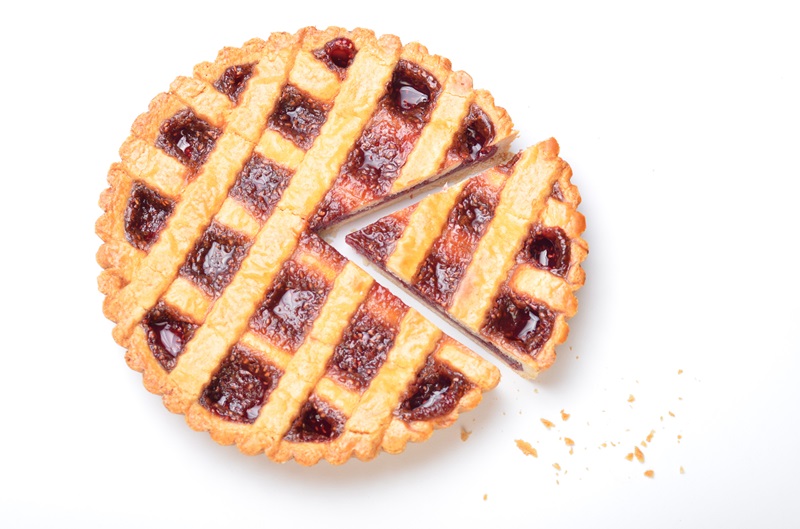How record-high Cat season will impact reinsurance renewals

About half of the Canadian P&C insurance industry’s projected $7.7 billion in losses due to four natural disasters over the summer will be covered by reinsurance, a reinsurance broker told the National Insurance Conference of Canada (NICC) in Vancouver Tuesday.
“We can observe that about 50% of the losses coming out those four main events will be going into the reinsurance market — quite a substantial component,” said Peter Askew, president and CEO at Guy Carpenter (Canada). “But interestingly, because there was a substantial step change in reinsurance structures in 2023, retentions went up considerably.
“[Before Canadian reinsurance renewals in 2023 and 2024], we would observe that that split would have been roughly 60-40 — so, 40% retained by cedents and 60% going into the reinsurance market, a fair bit more retained by those insurance companies.”
Absent the record-high Cat insured losses in 2024, Canada’s primary insurers likely would have seen the benefits of a softening global reinsurance market, Askew suggested. However, as it stands now, Canadian primary insurers shouldn’t expect to see reinsurance rate decreases during the next renewal period.
Askew was commenting on Canada’s record-breaking year for NatCats, with four events happening between July and August alone causing $7.7 billion in damage. That includes about $880 million for wildfire damage in Jasper, Alta., $940 million for Ontario flooding, $2.5 billion for flooding in Quebec, and $2.8 billion for Calgary hailstorm damage.
Askew noted payments in Quebec for the flood repairs have been quick. He said Montreal saw 85,000 claims coming out of the flooding event, which saw the remnants of Hurricane Debby drop between 100 mm and 200 mm in the province.
And yet, Montreal’s flood was a “heavily sub-limited event,” Askew said, “which has allowed for quick adjusting.”
As a result, 40% to 60% of the Montreal claimants have had their claims paid as of now, just five weeks down the road from the event. “So obviously that’s going to have an impact on our renewals,” he said.
Also in the news: Beat the clock: Update on the national flood program
What impact will it have?
It remains to be seen what kind of impact Hurricane Helene — projected to be a Category 4 storm — will have on Florida, where it is expected to make landfall late tonight. But at the NICC, Askew noted the global property catastrophe market to date had seen insured NatCat losses totalling about $45 billion.
“As much as we are seeing [a very active year] in Canada, if we compare that to the global environment for reinsurance, and certainly for property Cat, it’s been active in terms of attritional loss, at circa. US$45 billion at this point in time, so it’s quite substantial,” Askew said. “But again, very much retained by cedents [primary insurers], so it’s not going into the reinsurance market.”
Whereas, globally, primary carriers may see some softening in reinsurance rates, Canada’s loss season is “standing out,” Askew said.
Global Cat rates are expected to soften in 2025. “The consensus is mid- to high single-digits, so price decreases risk-adjusted,” said Askew. “Canada, likely not.”
At the same time, the “step changes” seen during the reinsurance market renewals in Canada in 2023 and 2024 — featuring both increased pricing and higher risk retention by primary insurers — have made Canada a “very attractive trading environment” for reinsurers, said Askew.
“Absent those [four NatCat losses], we would definitely have been in a softening market,” he said. “Overall, we would expect [reinsurance renewals in 2025] to be disciplined. Not a lot of structural change globally, but certainly capacity to flow.”
Feature image courtesy of iStock.com/suprun







